Several Methods Of Prototype Fabrication
Prototype fabrication is the process of creating a physical model or representation of a product, part, or system before it is mass-produced. This process is critical in the product development cycle, as it allows designers and engineers to test and refine their ideas before investing significant resources into manufacturing. There are several methods of prototype fabrication, each with its advantages and limitations.
3D printing
3D printing, also known as additive manufacturing, is a popular method of prototype fabrication that involves building a part layer by layer from a computer-generated model. This technology has revolutionized the way prototypes are made, as it enables rapid production of complex geometries with high accuracy and precision. 3D printing is particularly useful for producing small, intricate parts with complex shapes, which would be difficult or impossible to make using traditional manufacturing methods. It is also a cost-effective way to produce low-volume prototypes without the need for expensive tooling or molds.
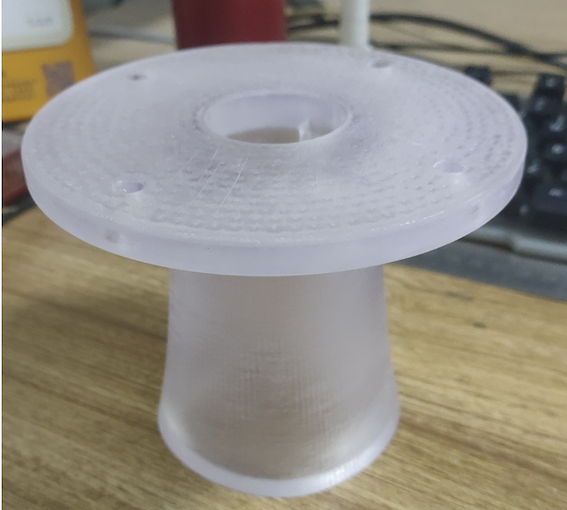
CNC machining
CNC machining is a subtractive manufacturing process that involves cutting away material from a solid block of material to create a part. This method of prototype fabrication is ideal for producing parts with high accuracy and precision, as well as large parts that would be difficult or impossible to 3D print. CNC machining is commonly used for producing metal or plastic parts for aerospace, automotive, and medical applications. It is also an ideal method for producing functional prototypes that closely resemble the final product.
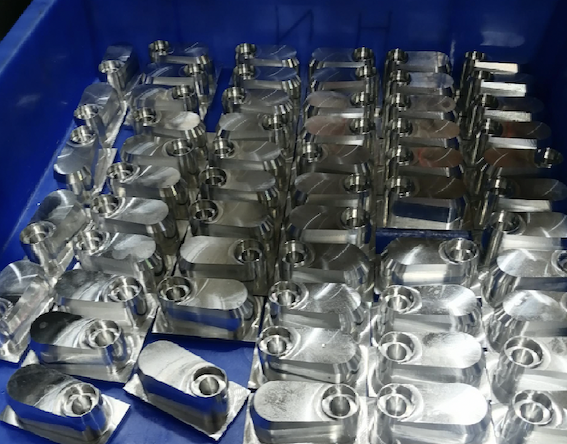
Sheet metal fabrication is a process used for producing parts from flat sheets of metal. This process involves cutting, bending, and welding metal to create a final product. Sheet metal fabrication is ideal for producing parts with high strength and durability, as well as parts with complex geometries. Sheet metal fabrication is commonly used for producing components for industrial machinery, electronics, and appliances. It is also an ideal method for producing custom enclosures and housings for electronic products.
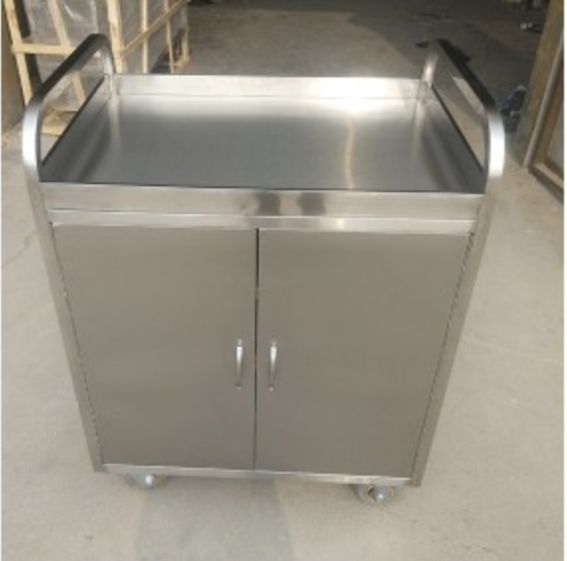
Vacuum casting
Urethane casting or vacuum Casting is a process used the original product to make a silicone mold in a vacuum, and then pours it with PU material to create a replica of the original.Vacuum casting has a wide range of applications in various industrial fields, such as medical equipment, aviation, automotive industry, electronic products, etc. When you need a small quantity of production-quality plastic parts (from 10 to 50 sets), you should choose vacuum casting to avoid the long lead time and high cost of creating plastic injection mould tools.
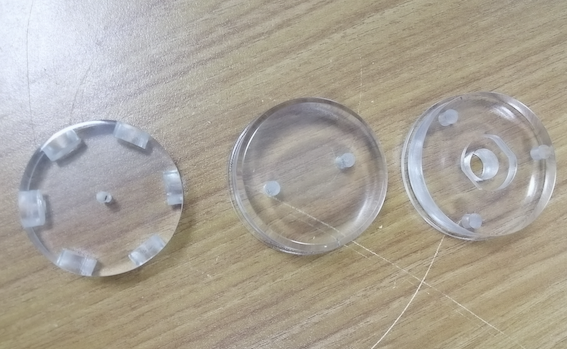
Injection molding
Injection molding is a manufacturing process used for producing large volumes of plastic parts. The process involves injecting molten plastic into a mold cavity, where it cools and solidifies into the desired shape. Injection molding is ideal for producing parts with complex geometries and high tolerances. Although injection molding is not typically used for producing prototypes, it is sometimes used for producing low-volume parts for functional testing and market validation.
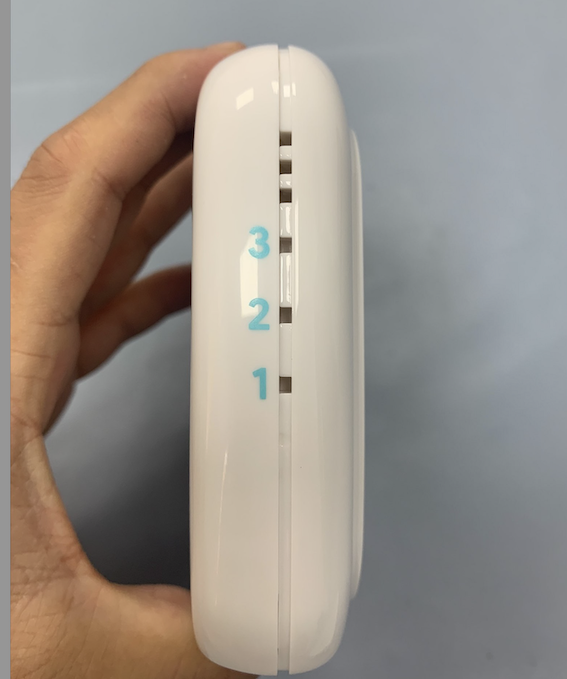
Welcome to contact us via enquiry@abcrapid.com to get more information !
Search
Recent Post













